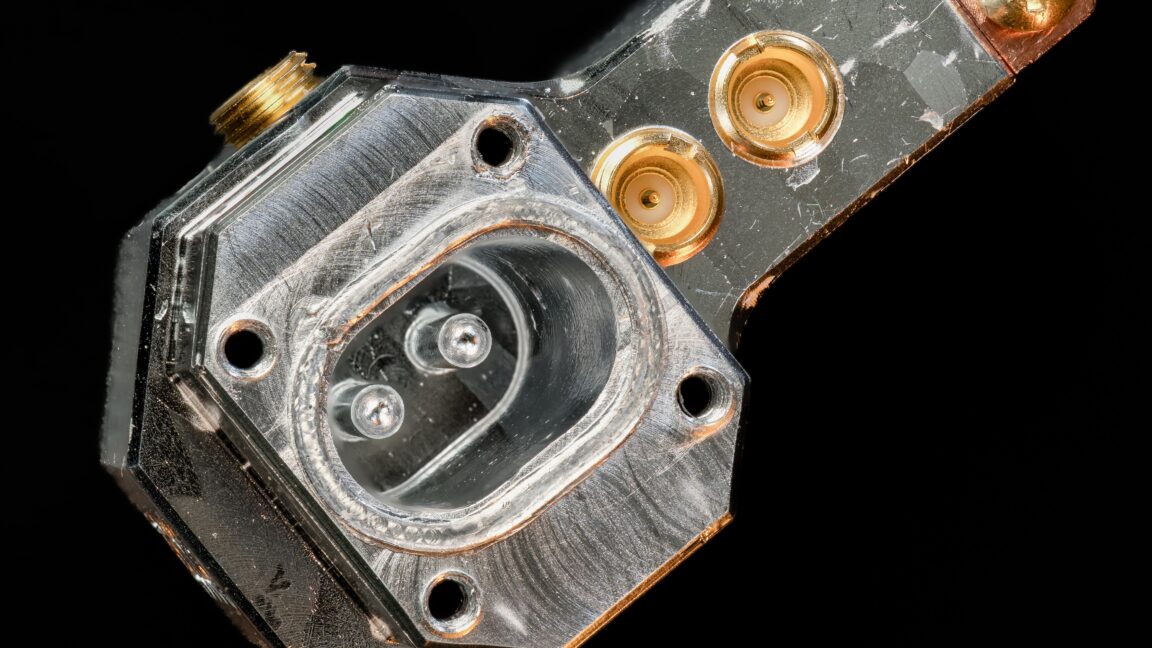
This time around, the company is showing that it can get an actual logical qubit into a variant of the same hardware. In the earlier version of its equipment, the resonator cavity had a single post and supported a single frequency. In the newer iteration, there were two posts and two frequencies. Each of those frequencies creates its own quantum resonator in the same cavity, with its own set of modes. “It’s this ensemble of photons inside this cavity that creates the logical qubit,” Lemyre told Ars.
The additional quantum information that can now be stored in the system enables it to identify more complex errors than the loss of a photon.
Catching, but not fixing errors
The company did two experiments with this new hardware. First, it ran multiple rounds of error detection on data stored in the logical qubit, essentially testing its ability to act like a quantum memory and retain the information stored there. The system corrected for photon loss, but left other errors uncorrected. These occurred at a rate of a bit over two percent each round, so by the time the system reached the 25th measurement, many instances had already encountered an error.
The second time through, the company repeated the process, discarding any instances in which an error occurred. In almost every instance, that meant the results were discarded long before they got through two dozen rounds of measurement. But at these later stages, none of the remaining instances were in an erroneous state. That indicates that a successful correction of all of the errors—something the team didn’t try—would be able to fix all the detected problems.
“When we do this, we don’t have any errors left,” Lemyre said. “And this builds confidence into this approach, meaning that if we build the next generation of codes that is now able to correct these errors that were detected in this two-mode approach, we should have that flat line of no errors occurring over a long period of time.”


